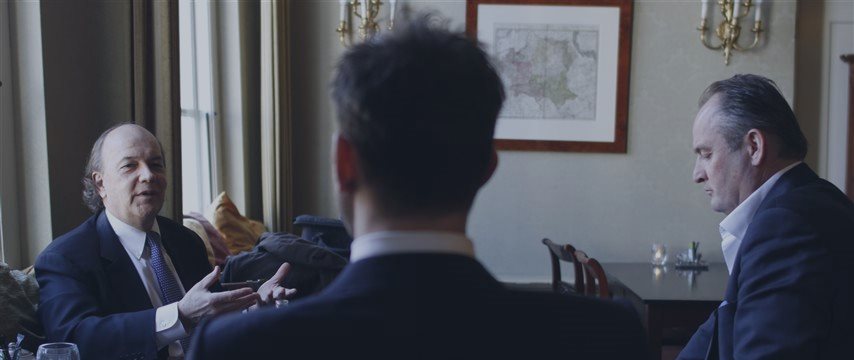
What was the real reason of equities crash? The author of 'Currency Wars' responds
“An avalanche starts with a single snowflake that lands in just such a way as to disturb others, start a slide that gathers momentum, turns into a chute, and causes the entire snowpack to collapse,” James Rickards, bestselling author of "Currency Wars" and "The Death of Money", said in his latest newsletter - Jim Rickards' Real Time Commentary - with West Shore Funds.
The Shanghai Composite gauge fell 8.5% on Monday, triggering a chain reaction in the U.S. where equity markets opened the week on a much weaker note before recovering.
In initial
reaction to China’s selloff, the Dow Jones Industrial Average dropped
more 1,000 points at the open, falling almost 6.5%; the S&P 500 lost almost 100, or more than 5% on the day.
However, since then,
markets have managed to cut their losses as the S&P 500 and Dow were
last down 2.7% and 2.5%, respectively.
So, what was a mysterious snowflake which triggered this avalanche?
In Rickards' opinion, Monday’s selloff was caused by Federal Reserve Chair Janet Yellen and her failure to launch policies that can properly kick-start the economy.
"The snowflake is Janet Yellen’s inability to grasp the statistical
properties of risk, and her dismal forecasting ability based on
obsolete Fed models,” Rickard explains.
The author said Yellen awaited the U.S. - and global - economy’s ability to handle tightening too soon and she threatened to begin tightening at the worst possible time.
“The entire world is caught in a deflationary vortex caused by botched central bank forecasting that led to excessive ease followed by ill-timed tightening.”

Rickards noted that the financial system started to shrink once
former Fed chair Ben Bernanke began to tighten in December 2013, which
lead to a stronger dollar and higher deflation for the U.S. Similar ideas were expressed by the chair of Euro Pacific Capital Peter Schiff.
“Because the Chinese yuan was informally pegged to the U.S. dollar until August 2015, tightening in the U.S. translated into tightening in China. With the world’s two largest economies in de facto tightening from January 2014 to August 2015, deflation and the collapse of commodity prices was inevitable,” Rickards says.
The best scenario for global markets would be
for the Fed chair to back away from rate hikes, and look at re-introducing
easing measures, the author says, noting that it could include more QE, negative interest rates and cheaper dollar - more currency wars are needed! - as well as helicopter money. The worst case is her persistence in tapering while markets will melt around her, he says.


